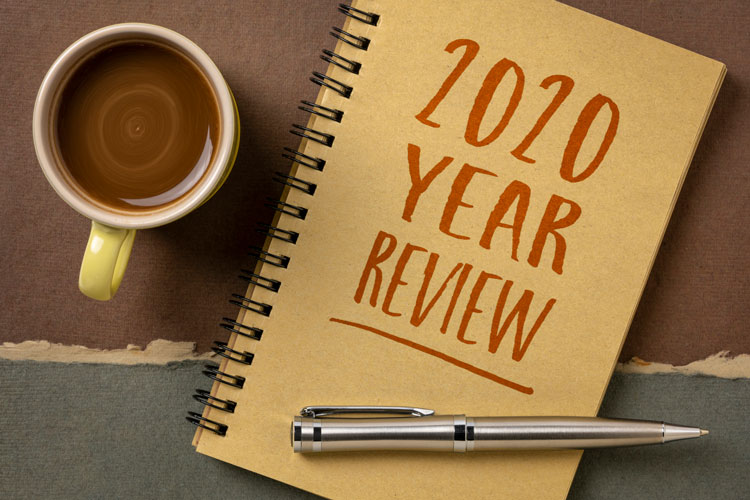
The year 2020 will be a memorable one for many reasons, although there are certain parts we may want to forget. Through it all, there has been good amid the chaos. For one, a new light has been shed on America’s essential workers, from healthcare employees and teachers to those farming and producing food, day in and day out.
Our editorial team at Hoard’s Dairyman was thankful for the opportunity to continue serving you in this roller coaster year, sharing information about herd health, farm financials, dairy products, current events, and more. Below are five of our top read Hoard’s Dairyman Intel items from 2020:
Dairy demand is being reconstructed
When the COVID-19 pandemic brought on “safer at home” orders and school and business closures, certain food categories faced major shifts in supply and demand. This included dairy and fluid milk in particular.
Negative PPDs ranged from $3.81 to $7.91
A topic that was covered often and caused stress for many dairy producers was negative producer price differentials (PPDs). Historic swings in dairy supply and demand led to record-breaking PPDs for farms in certain parts of the country as the Class III milk price diverged from the other classes.
World Dairy Expo is a no-go for 2020
Countless industry events were canceled in 2020 due to ongoing health concerns associated with COVID-19. Perhaps the most far-reaching was World Dairy Expo, with the show’s leaders and management calling off the 2020 rendition early last summer.
Cattle stranded in stormy Asian waters
The year had its share of weather-related challenges as well. On a 17-day journey from Napier, New Zealand, to the Port of Jingtang in Tangshan, China, a cargo ship carrying 5,867 head of cattle and 43 crew members capsized during Typhoon Maysak. Sadly, just one crew member survived.
Butter booms to sales not seen since 1965
A major bright spot for dairy sales has been butter, with butterfat sales growing 25% from 2010 to 2019. The average American consumed 6.2 pounds of butter in 2019, a number that hadn’t been reached since the 1960s.








